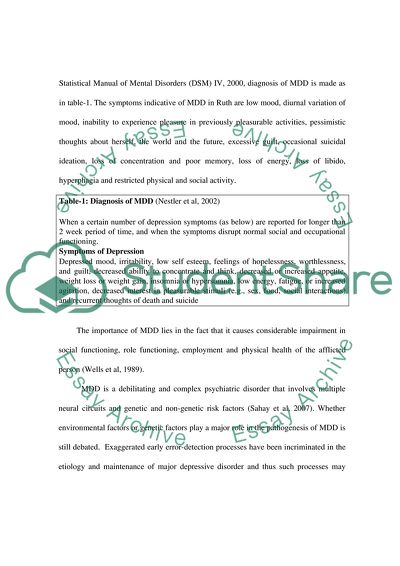Cite this document
(“Cognitive Behavioral Therapy for Chronic Depression Case Study”, n.d.)
Retrieved from https://studentshare.org/health-sciences-medicine/1566944-cbt-depression-case-study
Retrieved from https://studentshare.org/health-sciences-medicine/1566944-cbt-depression-case-study
(Cognitive Behavioral Therapy for Chronic Depression Case Study)
https://studentshare.org/health-sciences-medicine/1566944-cbt-depression-case-study.
https://studentshare.org/health-sciences-medicine/1566944-cbt-depression-case-study.
“Cognitive Behavioral Therapy for Chronic Depression Case Study”, n.d. https://studentshare.org/health-sciences-medicine/1566944-cbt-depression-case-study.


